Questions around surveillance and control circle around the photography at FORMAT Festival, now on show in Derby
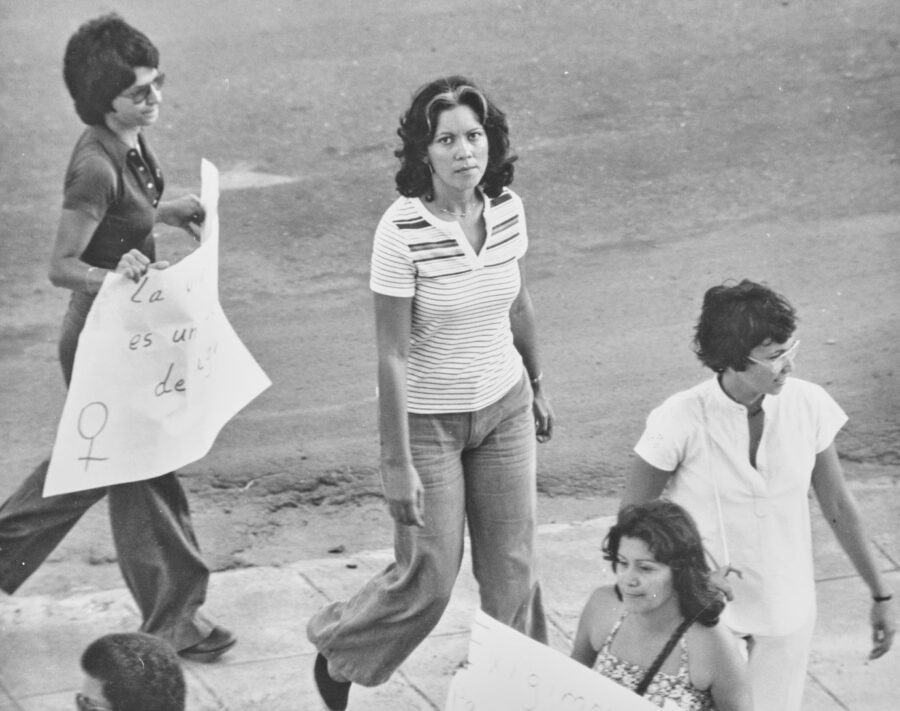

Questions around surveillance and control circle around the photography at FORMAT Festival, now on show in Derby
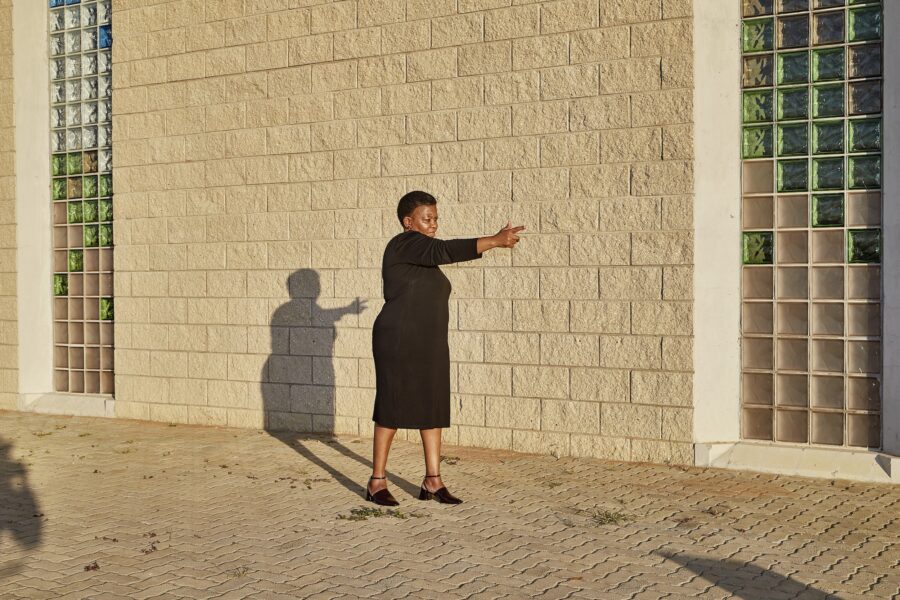
A rich family history of political struggle and personal responsibility, diverging paths and roads left untrod inform Thero Makepe’s We Didn’t Choose to be Born Here
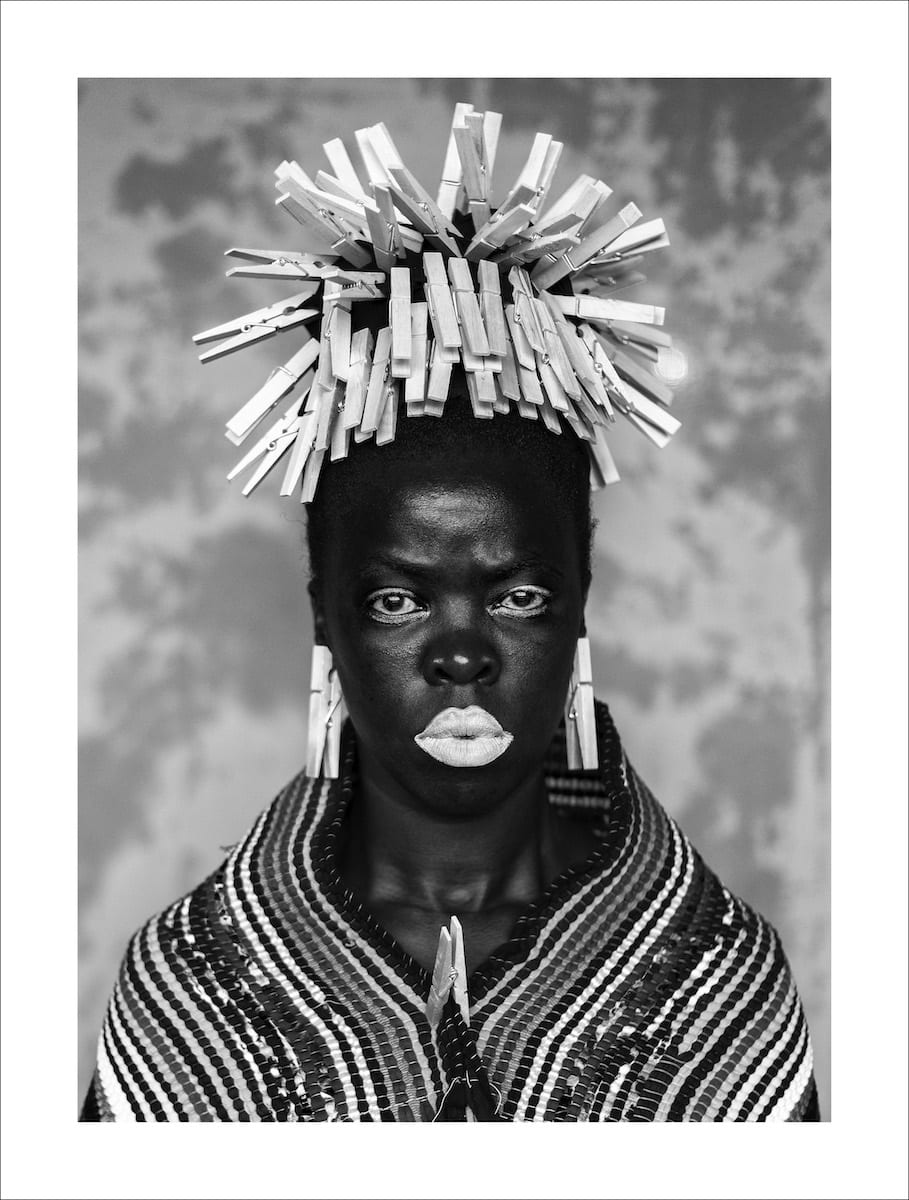
We revisit an interview with the visual activist ahead of their first major survey in Germany opening at Gropius Bau
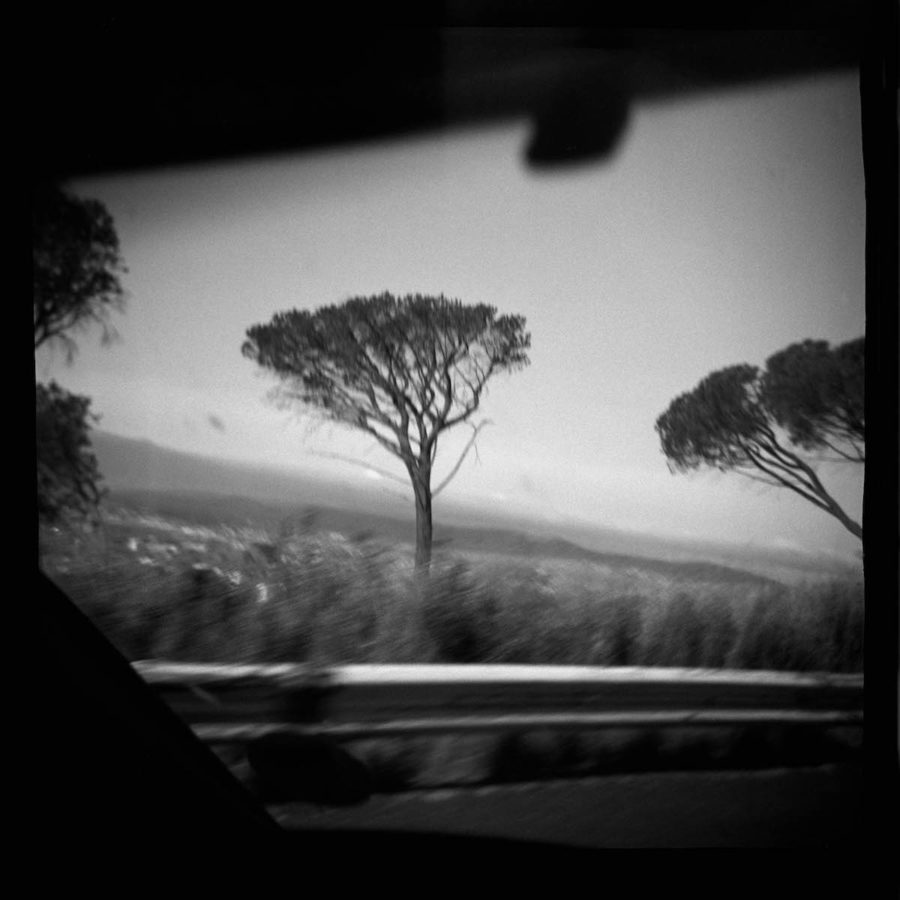
On the final weekend of the photographer’s first survey exhibition, Ractliffe reflects on her approach to photographing South Africa during apartheid’s later years
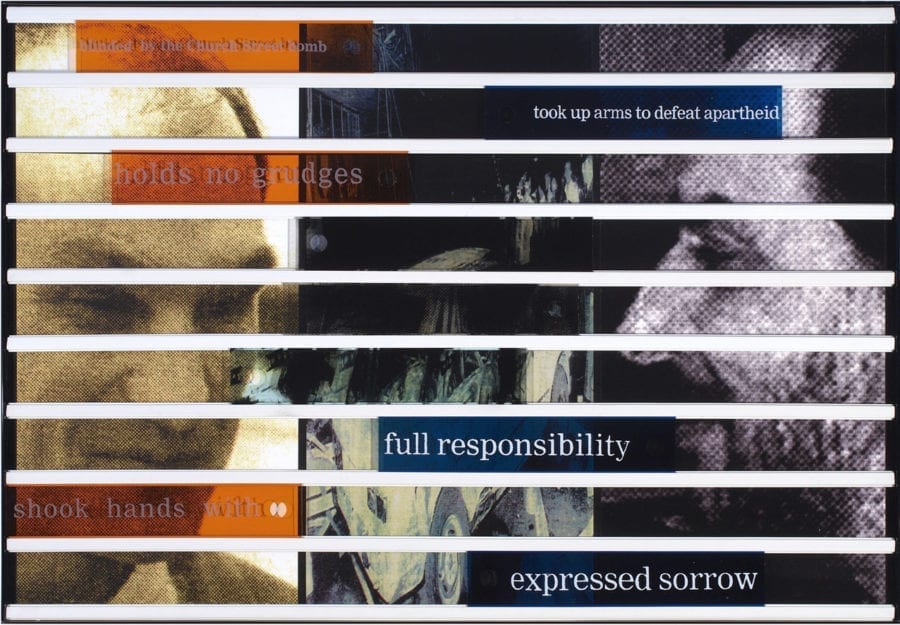
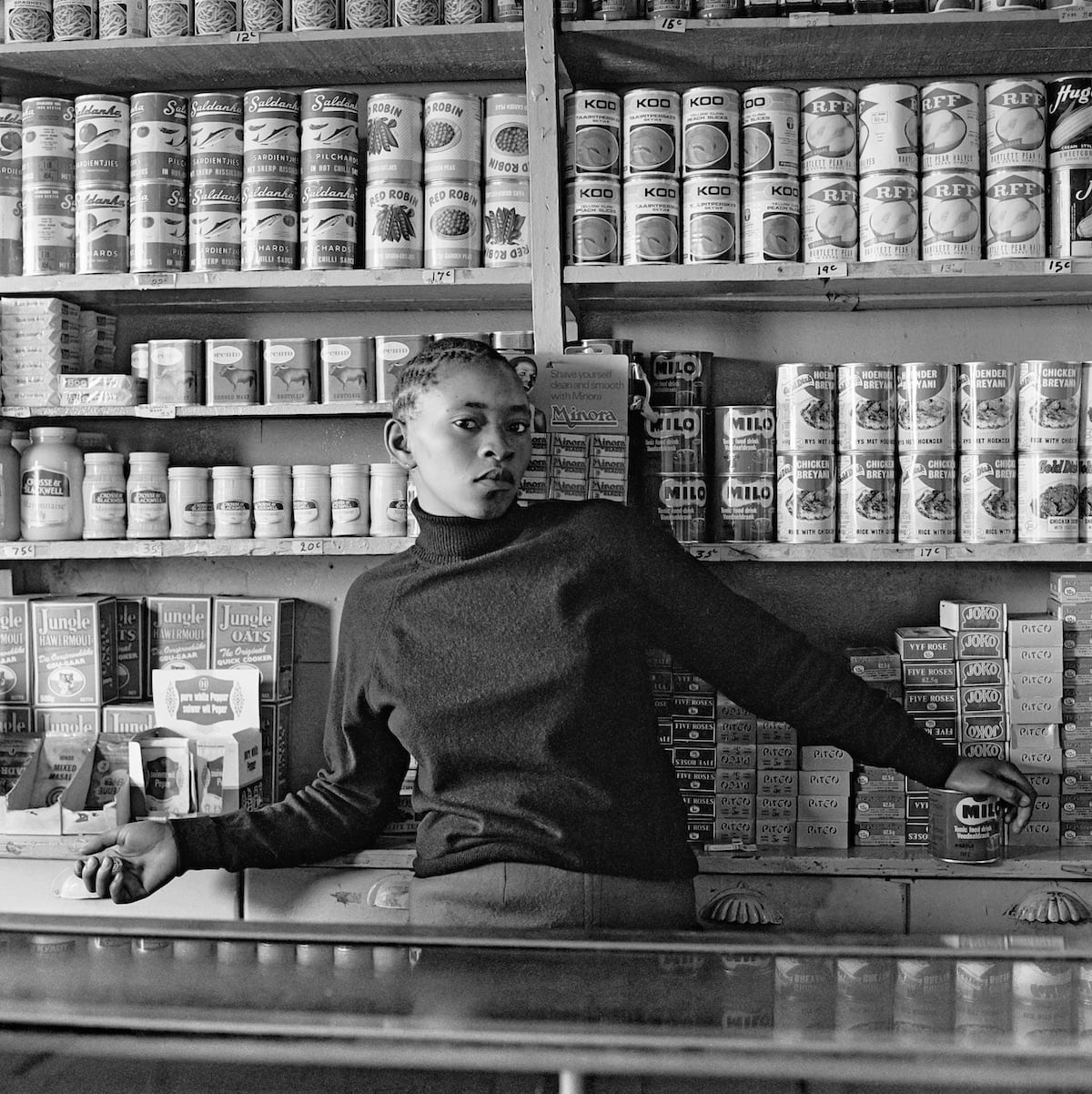
Johannesburg was the late photographer’s home for 50 years. Now, an exhibition at Goodman Gallery, London, charts his nuanced documentation of the city during apartheid and the post-apartheid period
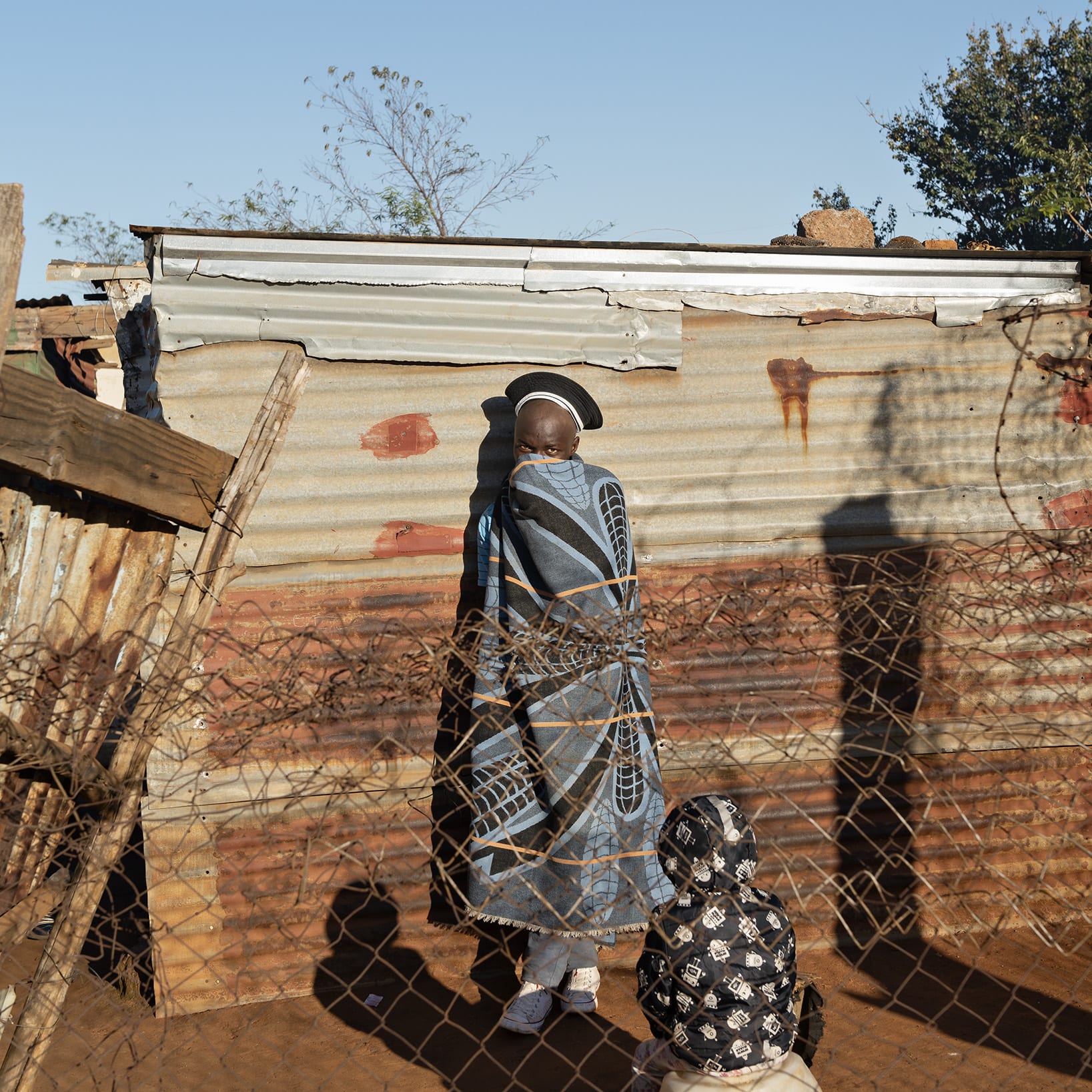
“We look at the statistics and the hospitals, focusing on the people who have contracted the illness, and we forget about how the situation impacts the community”
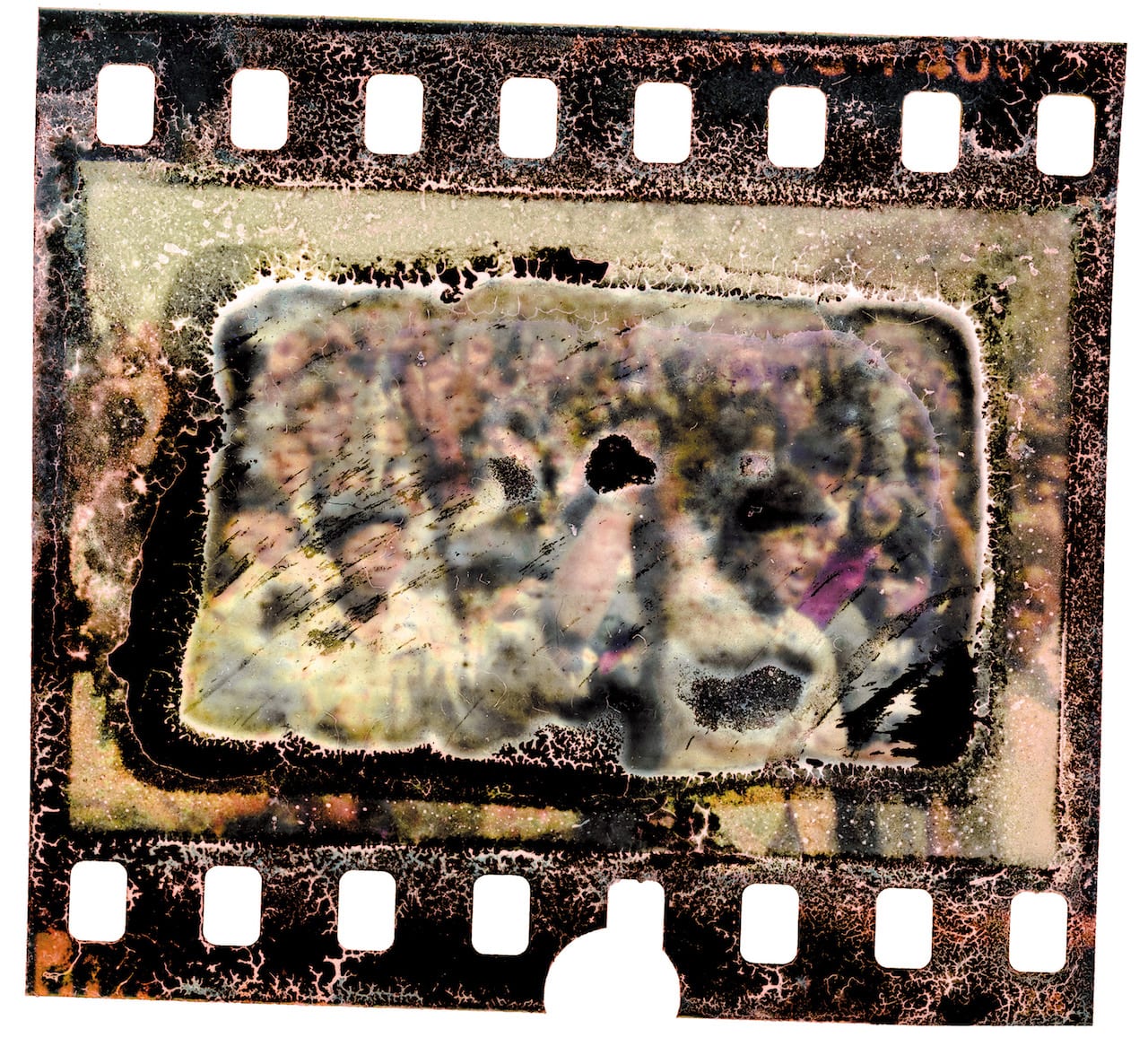
In 1990, Gideon Mendel left a box of negatives in his friend’s garage in South Africa. Now, 30 years later, the damaged negatives are reincarnated in a photobook
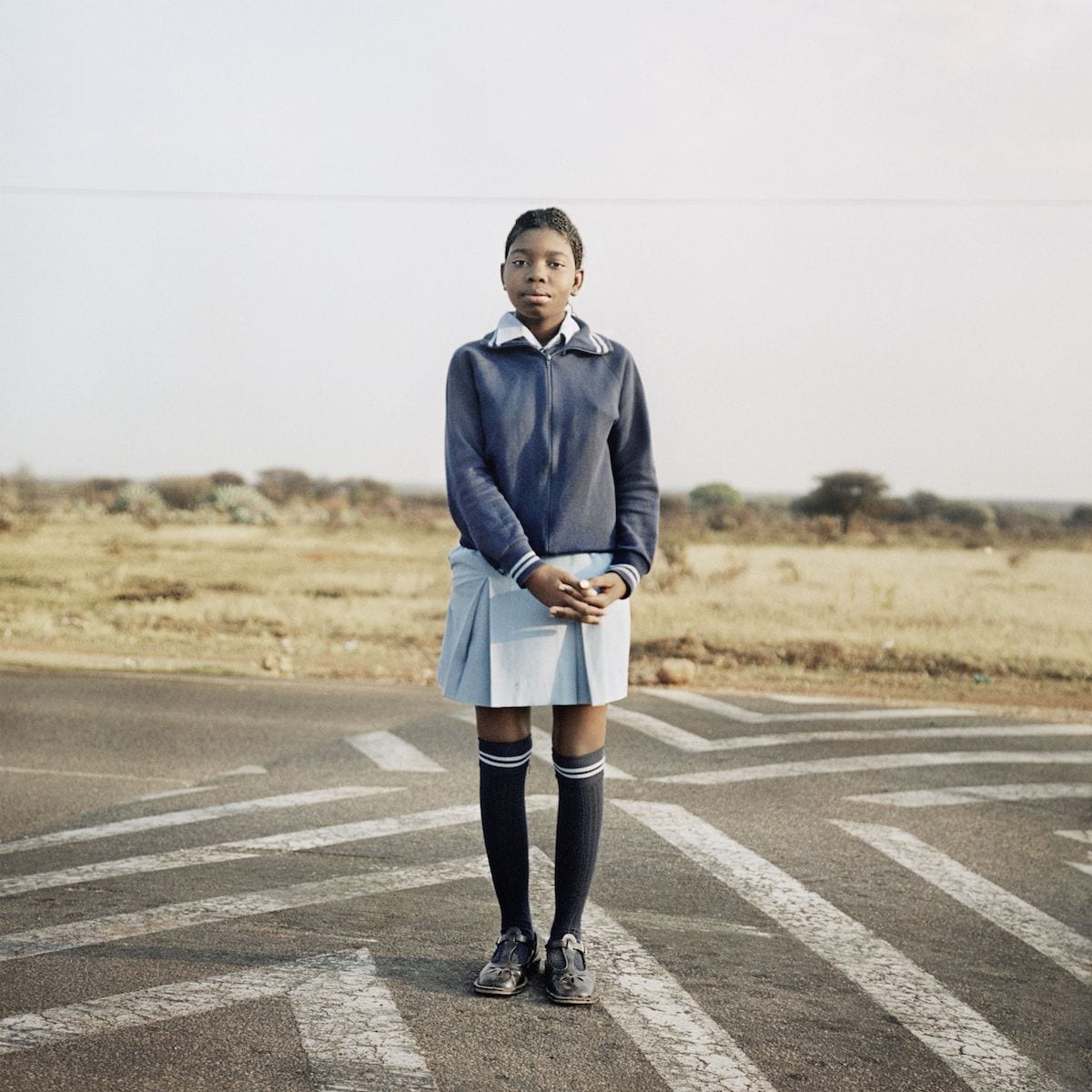
Thabiso Sekgala documented the born-free generation living in the shadow of apartheid. A new exhibition surveying the late photographer’s work highlights his unique approach